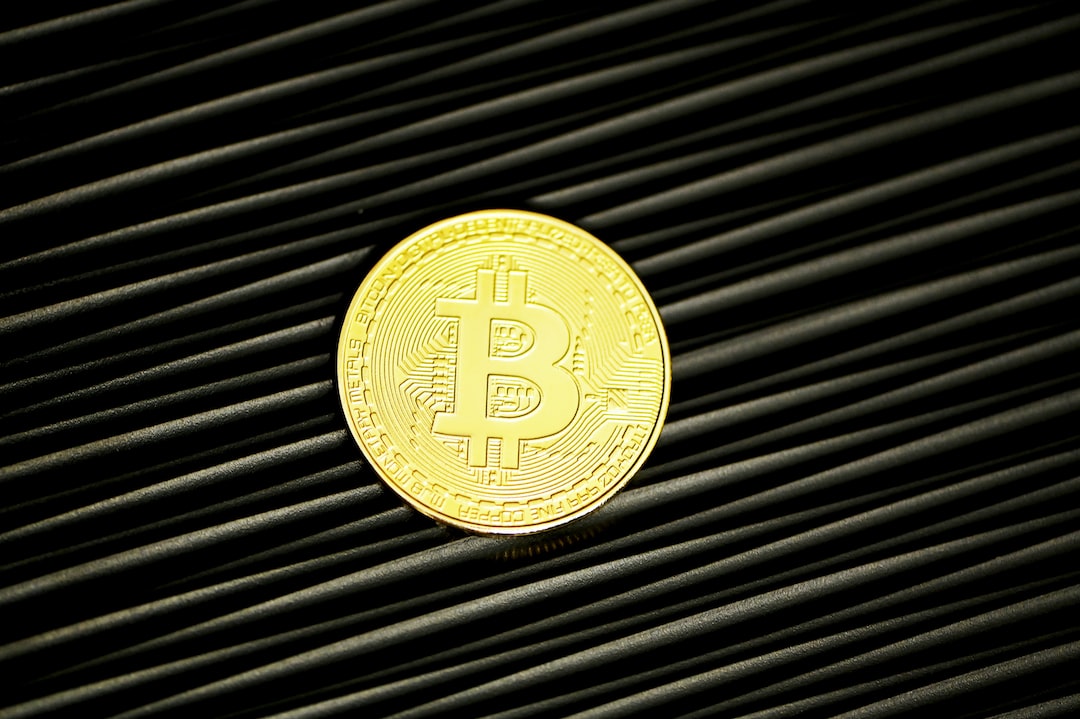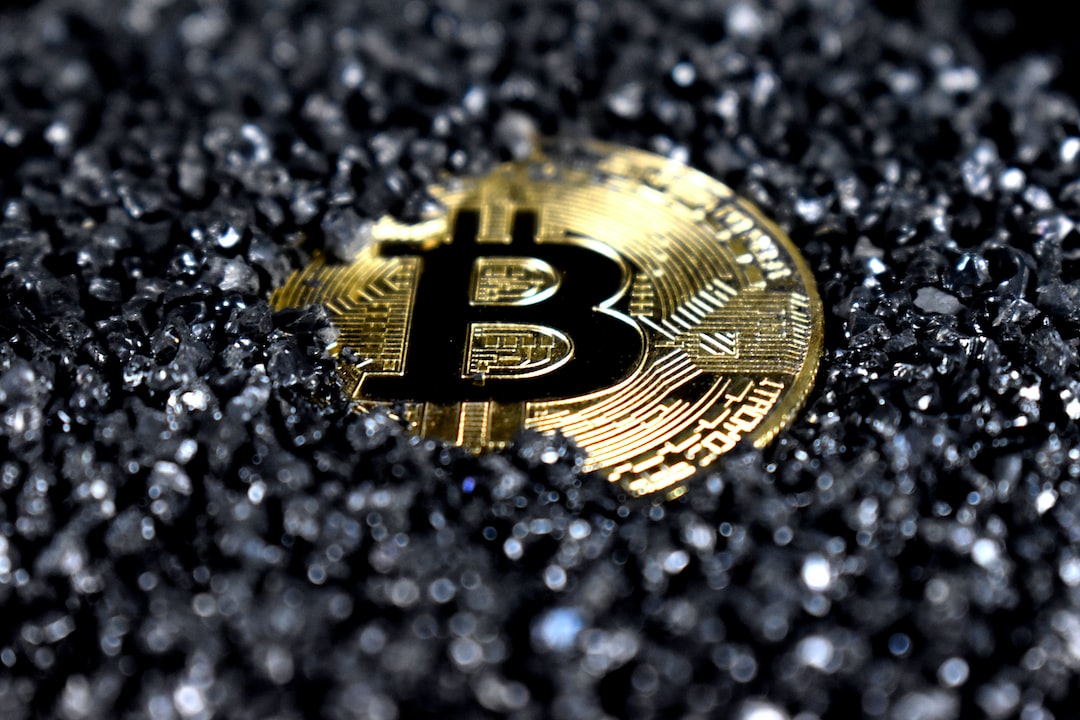Why Ethereum Isn’t Performing as Well as Expected After the Shanghai Upgrade
In April, Ethereum underwent a significant upgrade known as Shanghai, which aimed to enhance the network’s speed and eco-friendliness. However, according to a report from JP Morgan, the upgrade has not had the anticipated impact. Despite being a major milestone for the platform, Ethereum has not performed as well as expected after the Shanghai upgrade. The transition from proof-of-work to proof-of-stake, called the Merge, was intended to facilitate Ethereum’s growth and reach an all-time high (ATH).
The Disappointing Results of the Shanghai Upgrade
JP Morgan’s research report highlights that although energy consumption on the Ethereum network decreased by over 99% due to the shift from proof-of-work to proof-of-stake, network activity has been underwhelming. The analysis reveals a decline of approximately 12% in daily transactions on Ethereum, nearly 20% drop in daily active users, and an almost 8% decrease in total value locked in DeFi. These statistics indicate that the upgrade did not have the desired positive impact on Ethereum’s performance.
The Increase in Staking and Concerns About Centralization
One positive outcome of the Shanghai upgrade is a 50% increase in staking, which has made the network more secure. However, JP Morgan’s report raises concerns about centralization due to a significant share of liquid staking protocols like Lido. This issue questions Ethereum’s decentralization goals.
Challenges Faced by Ethereum
Experts believe that Ethereum’s underperformance can be attributed to various factors plaguing the crypto world. Recent events such as the troubles faced by FTX and Terra, unclear crypto regulations in the U.S., and waning interest from major investors have all contributed to Ethereum’s struggles.
The Future: EIP-4844 and Market Challenges
Ethereum plans to address these issues with another upgrade called EIP-4844 later this year. However, the report warns that the current cryptocurrency market conditions are challenging. Although Ethereum aimed to become greener and more efficient, it has not experienced the growth expected after the Shanghai upgrade.
Hot Take: Ethereum’s Struggle for Growth Continues Despite Upgrades
Ethereum’s Shanghai upgrade was meant to propel the network’s performance and sustainability forward. However, JP Morgan’s report reveals that the upgrade did not deliver the expected results. With declines in daily transactions, daily active users, and DeFi value locked, Ethereum has faced challenges in achieving its goals. While staking increased and improved network security, concerns about centralization emerged. The cryptocurrency market’s difficulties, combined with recent setbacks in the crypto world, have further hindered Ethereum’s progress. Although an upcoming upgrade is planned to address these issues, the report emphasizes that navigating the current market conditions remains tough for Ethereum.





 By
By
 By
By
 By
By


 By
By